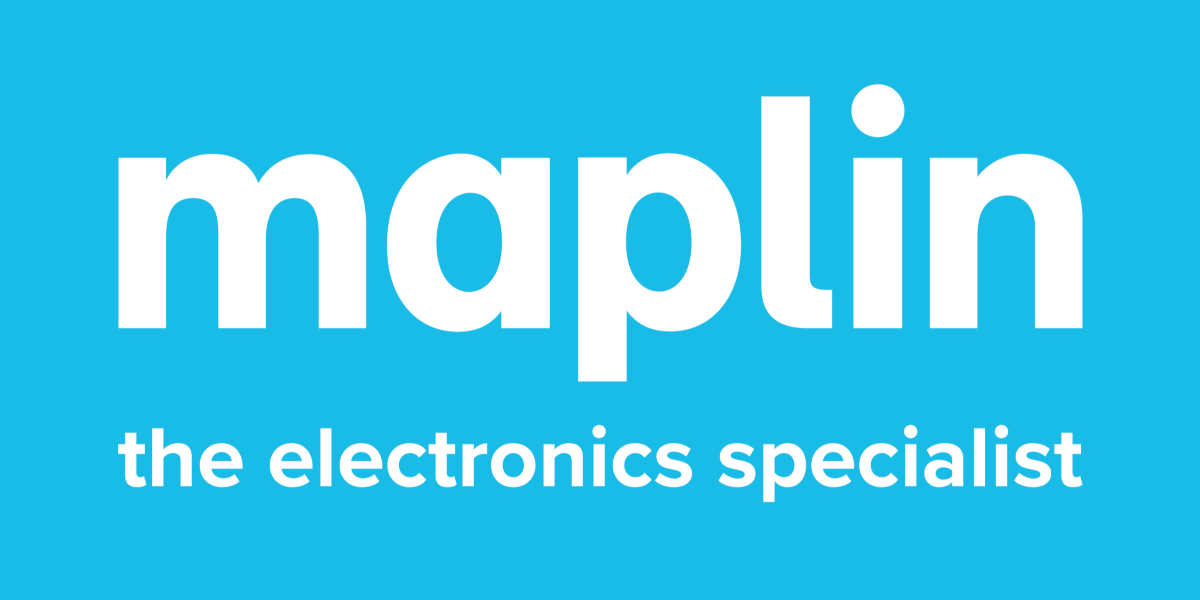Re: The Importance of Terminology's Quality
Martin Gregorie wrote:
Some did, but not all. The 370/145 was the first, and made a big splash
thereby.
As to the 360s:
20 (Incompatible subset) I don't know
22 (Recycled end-of-life 30) CROS
25 Loaded from punched cards
30 CROS
40 TROS
44 (Subset) None
50 CROS
60, 62, 65 ROS
64, 66, 67 ROS
70, 75 None
85 I don't know
91, 95 I don't know -- probably none
195 I don't know
CROS used plastic-coated foil punched cards as the dielectrics of 960
capacitors each.
TROS used little transformer coils that might or might not be severed.
ROS means it was there, but I don't know the technology.
--
John W. Kennedy
"Those in the seat of power oft forget their failings and seek only
the obeisance of others! Thus is bad government born! Hold in your
heart that you and the people are one, human beings all, and good
government shall arise of its own accord! Such is the path of virtue!"
-- Kazuo Koike. "Lone Wolf and Cub: Thirteen Strings" (tr. Dana Lewis)
Martin Gregorie wrote:
On Sat, 23 Aug 2008 00:06:28 -0400, John W Kennedy wrote:
>
>
I never used an S/360.
>
I thought microcode came into the IBM world with S/370 and Future Series
(which later reappeared as the AS/400, which I did use). Didn't the S/370
load its microcode off an 8 inch floppy?
>
>Martin Gregorie wrote:
>No, most S/360s used microcode.
>>Not necessarily. An awful lot of CPU cycles were used before microcode
>>was introduced. Mainframes and minis designed before about 1970 didn't
>>use or need it
>>was introduced. Mainframes and minis designed before about 1970 didn't
>>use or need it
I never used an S/360.
>
I thought microcode came into the IBM world with S/370 and Future Series
(which later reappeared as the AS/400, which I did use). Didn't the S/370
load its microcode off an 8 inch floppy?
thereby.
As to the 360s:
20 (Incompatible subset) I don't know
22 (Recycled end-of-life 30) CROS
25 Loaded from punched cards
30 CROS
40 TROS
44 (Subset) None
50 CROS
60, 62, 65 ROS
64, 66, 67 ROS
70, 75 None
85 I don't know
91, 95 I don't know -- probably none
195 I don't know
CROS used plastic-coated foil punched cards as the dielectrics of 960
capacitors each.
TROS used little transformer coils that might or might not be severed.
ROS means it was there, but I don't know the technology.
--
John W. Kennedy
"Those in the seat of power oft forget their failings and seek only
the obeisance of others! Thus is bad government born! Hold in your
heart that you and the people are one, human beings all, and good
government shall arise of its own accord! Such is the path of virtue!"
-- Kazuo Koike. "Lone Wolf and Cub: Thirteen Strings" (tr. Dana Lewis)



Comment